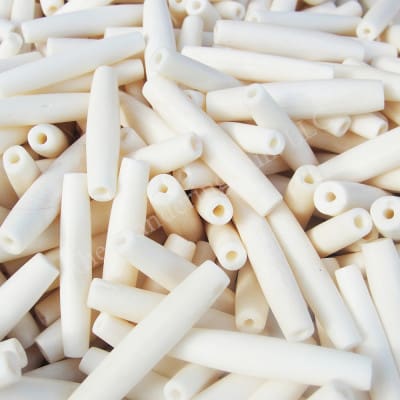
Bone Hairpipe History – Not Just Bone!
Bone Hairpipe history is long in North America. Thousands of years before Bone Hairpipe became popular, tube shaped beads, often tapered at both ends, were used as decorative elements by the Native Americans of North America. Some of the earliest tube beads were made from conch shells and were highly valued. Tube beads were also made from bird bones and copper during the prehistoric period.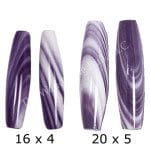

After contact with Europeans, Native Americans received tube beads made of glass and silver. These trade goods were used as hair and ear decorations. One enterprising European family created a business out of drilling Hairpipe from shells. They sold them to merchants for eventual sale to Native Americans in the 18th and 19th centuries.
Hairpipe Becomes More Popular
Hairpipes were first used as simple ear ornaments or hair ornaments. Later, they were made into necklaces, chokers and most strikingly, into Breastplates. These accessories required more Hairpipe pieces to complete. More Hairpipe was needed.
The increase in demand for Hairpipe led to the need for a less expensive, more durable material. In the later 19th century, Bone became the material of choice. Bone Pipe Stems from corn cob pipes were even made into Bone Hairpipe! Hair and ear ornaments were seen less often. Breastplates became symbols of status and Necklaces and Bandoleers gained in popularity during the Reservation period.
Hairpipe Today – Even More Varieties!
Hairpipe today is available in several materials besides Bone. You can create chokers, bracelets, necklaces and breastplates in a variety of colors and looks. Here are just a few products you can choose from:
-

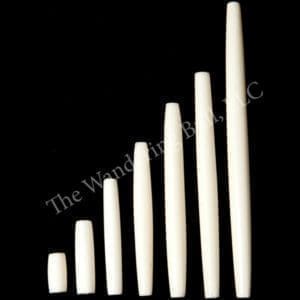
Bone Hairpipe
$2.50 – $738.00 Select options This product has multiple variants. The options may be chosen on the product page -

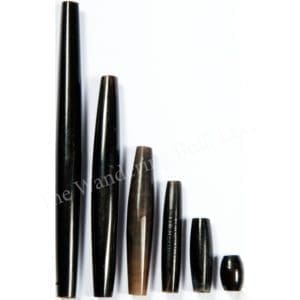
Buffalo Horn Hairpipe
$2.95 – $629.00 Select options This product has multiple variants. The options may be chosen on the product page -

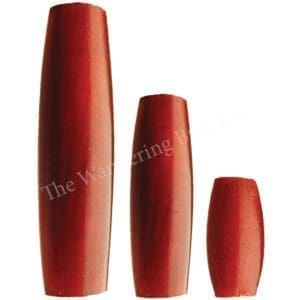
Red Amber Hairpipe
$3.20 – $170.00 Select options This product has multiple variants. The options may be chosen on the product page -

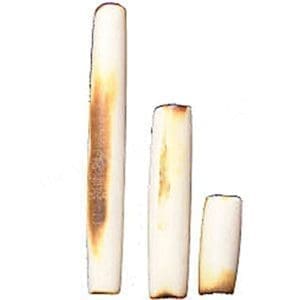
Burnished Bone Hairpipe
$4.95 – $48.95 Select options This product has multiple variants. The options may be chosen on the product page
